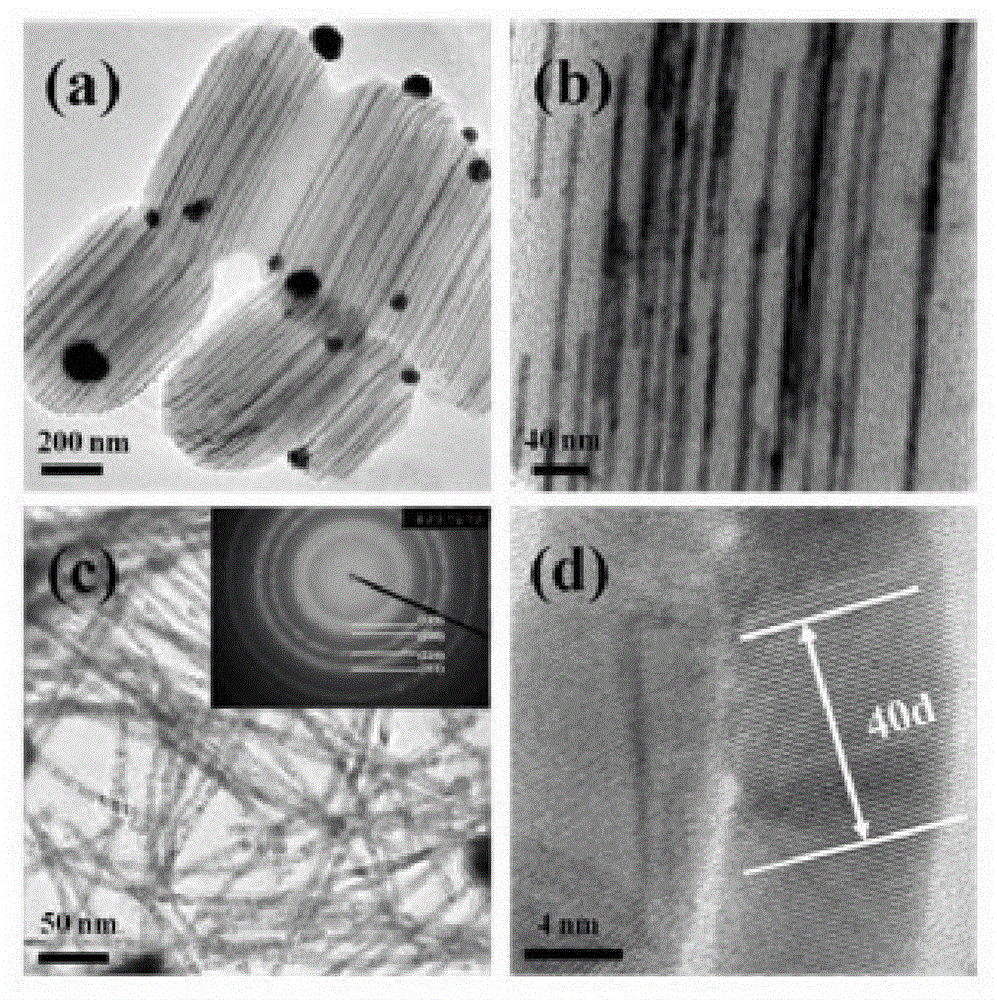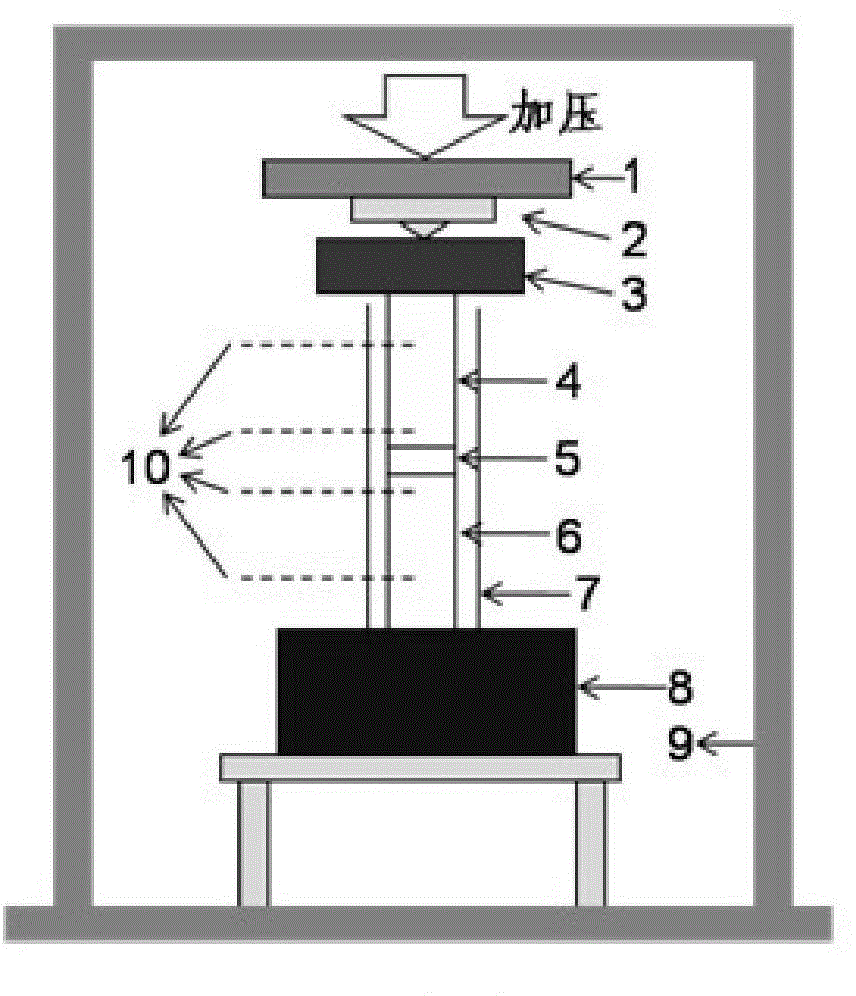Heterogeneous mesoporous composite material thermophysical property calculating method
A composite material and thermophysical property technology, applied in the field of calculation of thermophysical properties of mesoporous heterogeneous composites
- Summary
- Abstract
- Description
- Claims
- Application Information
AI Technical Summary
Problems solved by technology
Method used
Image
Examples
Embodiment Construction
[0030] The present invention will be further described below in conjunction with the accompanying drawings.
[0031] (a) Characterization
[0032] According to the classification of chemical composition, mesoporous materials can generally be divided into two categories: silicon-based and non-silicon-based. Silicon-based mesoporous materials mainly include silicates and aluminosilicates, and non-silicon-based mesoporous materials mainly include transition metal oxides, phosphates, and sulfides. At present, the series of silicon-based mesoporous materials mainly include: SBA, MCM, HMS, MSU, etc., and the series of non-silicon-based mesoporous materials mainly include: Al 2 o 3 , Fe 2 o 3 、WO 3 , PbO 2 , V 2 o 5 、MoO 3 , ZrO 2 Wait. At present, the imported guest particles can be: nanoparticles, nanoclusters, nanowires, nanotubes, etc., they can be metal simple substances, such as Ti, Fe, V, Cu, Ag; they can also be metal oxides, such as CuO, It can also be many other...
PUM
 Login to View More
Login to View More Abstract
Description
Claims
Application Information
 Login to View More
Login to View More - R&D
- Intellectual Property
- Life Sciences
- Materials
- Tech Scout
- Unparalleled Data Quality
- Higher Quality Content
- 60% Fewer Hallucinations
Browse by: Latest US Patents, China's latest patents, Technical Efficacy Thesaurus, Application Domain, Technology Topic, Popular Technical Reports.
© 2025 PatSnap. All rights reserved.Legal|Privacy policy|Modern Slavery Act Transparency Statement|Sitemap|About US| Contact US: help@patsnap.com



